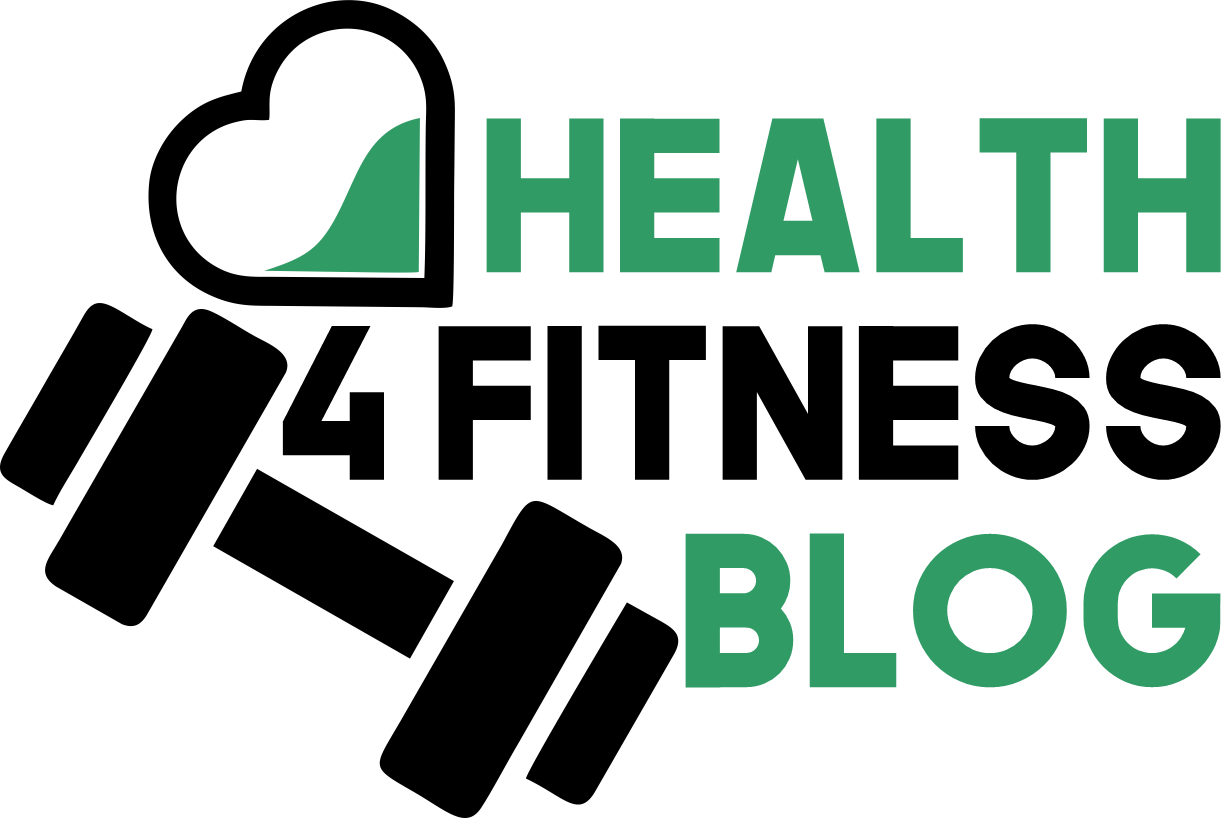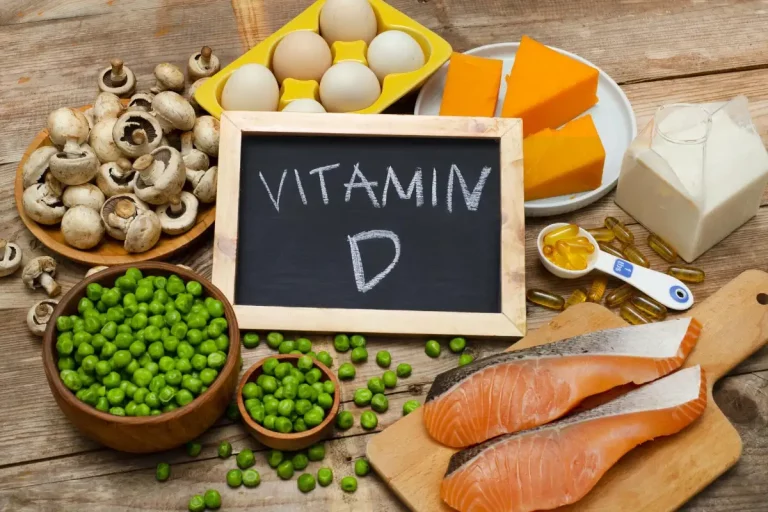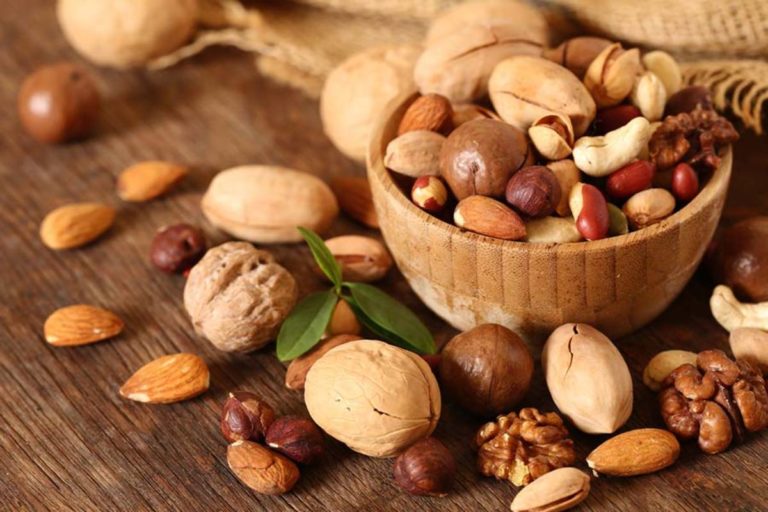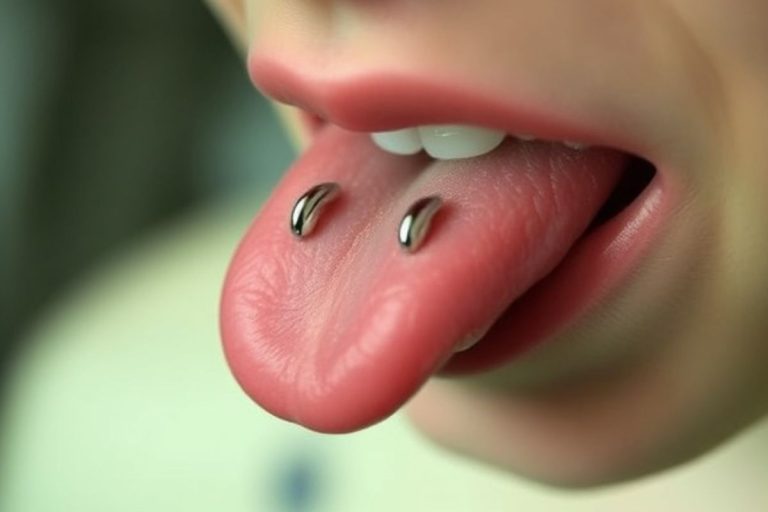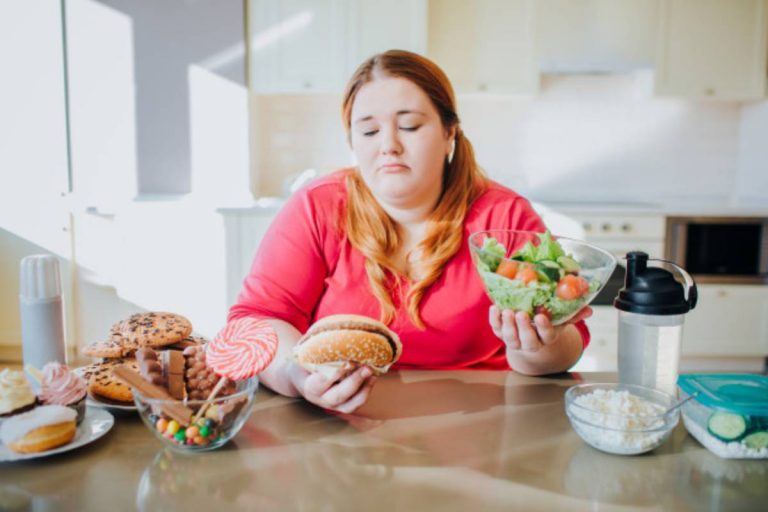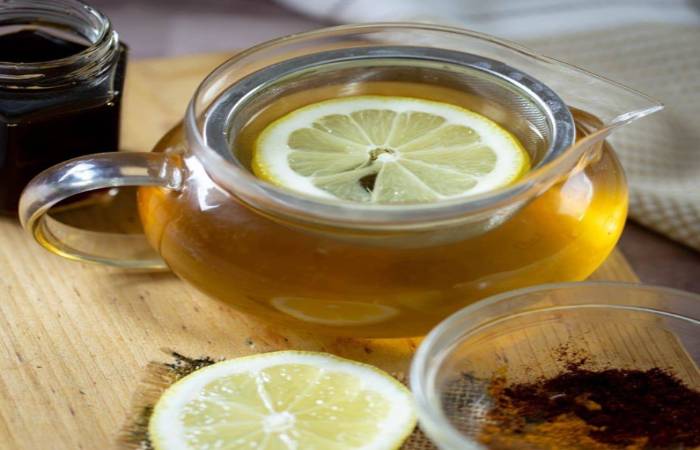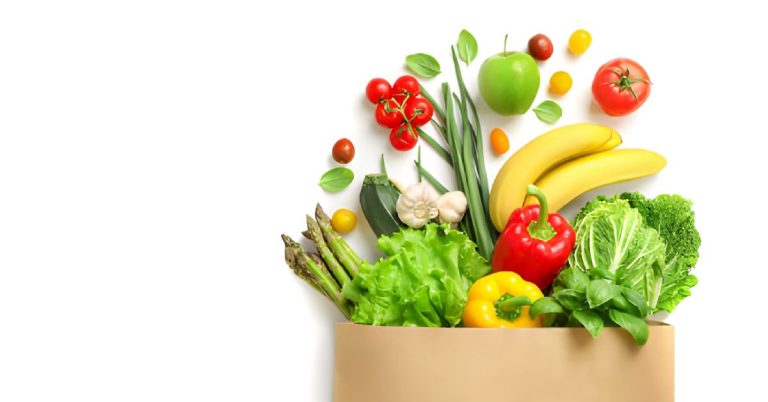The almonds that people consume in most parts of the world are so high in their nutritional value that they are also mentioned in The Book of Genesis, the first book of The Bible as ‘precious food items’ given to people as gifts. Even though their ancestry is not accurately deciphered, their origins are believed to be in Central Asia and China. But, some people also believe that almonds thrived in the Mediterranean region a long time ago and are, therefore, native to this region.
So, it is not surprising to see this small edible seed from the almond tree (Prunus dulcis) coming in a variety of forms. If you find these almonds in their original condition, you will see them fully coated. But, if you buy them from the health food store, they will be edible nuts with their seat coats already removed. Almonds in such conditions are sold in the market as either roasted or raw. Interestingly, these almonds when kept in water undisturbed for some time become soft. The soft and brown outermost peel is easily removed to reveal the white edible nut inside.
Today, the US is the largest producer of almonds, and countries like Germany, Netherlands, and Japan are the largest importers of almonds.
Why are Almonds Healthy?
Talking about the health benefits of almonds, it is good to say that they are rich in a variety of nutrients. There are a lot of almonds benefits which is why people all over the world consume them in massive quantities.
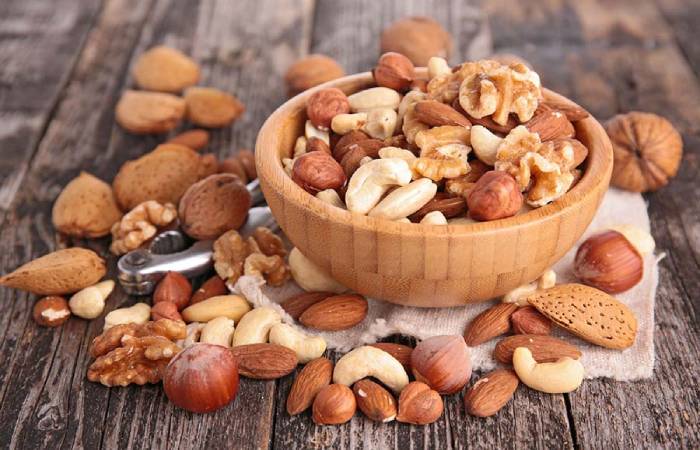
Almonds Nutrition Facts
1. Rich in Monounsaturated Fat
It is true that almonds are fat-rich, but the fat it contains is ‘monounsaturated’ which doesn’t cause obesity. Instead, it reduces the risk of heart diseases. This has been proved in several studies. For instance, a study published by the British Journal of Nutrition suggested that consuming a little amount of almonds in the diet not only helps to lower the risks of heart diseases, but also prevents weight gain.
2. Rich in Antioxidants
Antioxidants are essential compounds that prevent oxidation and therefore, slow down or completely prevent cell damage. They can either be naturally present in your body or can be artificially manufactured in order to be added to the food items. Packed food items like chips, soft drinks, sausages, jams, etc. are prone to oxidation and damage.
Therefore, antioxidants are added to these items to prevent getting spoiled easily. In our body, the intake of antioxidants helps to prevent certain types of body cells from potential damage caused by free radicals. The accumulation of free radicals in the body can severely harm the DNA and may also cause diseases like Diabetes (type 2), heart attack, etc. Since almonds contain antioxidants, they are widely preferred as nutritious edible items.
3. Lowers Hunger, Helps You Eat Less
Are you one of those people who are trying really hard to lose weight? Are you ardently seeking foods that can help you lose weight? If yes, then almonds are those kinds of food which you must inculcate in your daily routine.
Almonds are overloaded with protein and fiber content. It is a quite well-known fact that proteins and fiber together aid in having a sense of eaten too much. It is due to this idea of fullness that people don’t feel like consuming more calories since they feel they are already full. Eating small quantities of almonds on a daily basis can greatly help individuals lose weight. So, instead of trying to exercise all day, grab a bowl full of almonds, and see the change.
- a. An experimental study with a sample size of 137 participants revealed how daily consumption of as little as 43grams of almonds successfully lowered the desire to eat more.
- b. An important study conducted on 100 females who were obese and had become a part of the “weight reduction program” revealed that women whose almond-intake was more, observed greater changes in waistline, weight, and other bodily markers than women who consumed a diet free of nuts.
Are Almonds Good for Skin?
Everybody wants glowing skin which shows little signs of aging. But, people are aware of the fact that aging is a natural phenomenon that has to take place sometime or the other. What they don’t know is that even though they can’t prevent the process of aging, they can surely slow it down with certain types of foods. Almond is one of those.
It is true that there are vitamins in almonds. An essential nutrient that is present in almonds is Vitamin E. Vitamin E is an effective remedy that slows down the process of aging. It helps in the skin nourishment process and can prove very fruitful to people who want a flawless and young skin.
So, keep aside all your beauty creams and try out the healthier way of living longer.
Do Almonds Aid in the Process of Memory Enhancement?
Since childhood, we all have been listening to the same advice a hundred times eat almonds, and make your brain sharp. But, is it really true? Is there any evidence for it?
Well, many health practitioners put forth the idea that consuming 8-10 almonds a day enhances the production of ‘ACh Acetylcholine’.
It is basically a neurotransmitter that improves memory. This neurotransmitter also helps in combating diseases like Alzheimer’s, which are primarily associated with memory function.
In addition to this, almonds are also believed to have Vitamin B6, a vitamin which boosts the production of proteins. This increase in the availability of proteins helps in the repair of brain cells thereby boosting memory.
Therefore, the proteins in almonds are important. Also, almonds contain a small quantity of zinc, which effectively improves the immune system. So, improving the immune system prevents any potential infections that might occur in the brain cell. Almonds, therefore, prevent any potential damage to the brain cells.
However, when one talks about the evidence supporting these facts, one finds that there is little evidence. From times immemorial, humans have conducted experiments on animals like rats, frogs, etc. to gather answers. In this case, too, a study on rats reveals how almond intake boosts memory.
Can Almonds Actually Prolong Your Life?
In a world where novel diseases are discovering and mortality rate increasing, some people really wish to prolong their life. This is true especially for people who start their career late and thus, wish to achieve a lot in their life.
If that’s your idea too then nuts are good for you. Interestingly, if one wants to prolong one’s life, one can do so by consuming any kinds of nuts, and not just almonds. This has proven in several studies.
- A study published by the New England Journal of Medicine suggests the correlation between eating nuts on a regular basis and longevity of life. It further states that consuming almonds on a daily basis was more effective than consuming them sometimes.
- Similarly, in a 10-year long study conducted by the researchers of Maastricht University suggested that individuals who ate 10g of nuts per day showed a 23% less chance of dying early than people who didn’t consume them or consumed occasionally.
So, even the evidence suggests why almonds can help you live healthier and longer than usual.
Do Almonds have a Lot of Calories?
People who wish to reduce their calorie intake through almonds always ask, “What are almonds good for?”.
When one talks about the almonds’ calories, one realizes that they do have calories. However, they still contain less calories than other nuts. According to this idea, almonds fall in line with peanuts.
Both peanuts and almonds are low in calorie content and are, therefore, good for health. But, when they compared to nuts like walnuts, one realizes that walnuts have more calories than almonds.
Can Almonds Take Care of Your Dental and Bone Problems?
Once a child gets a cavity in the tooth, he learns about the consequences of eating too many chocolates, of not brushing twice a day, and of not taking care of his teeth.
Similarly, when an elderly person starts experiencing minor bone accidents occurring due to bone fragility, the person regrets not consuming enough essential nutrients for strengthening his bones. Everybody learns from the past, and so should we.
You might not want to get trap in the same scenarios and therefore, it is important that you start inculcating almonds in your diet today itself.
Almonds contain 2 essential minerals phosphorus and magnesium. Both these minerals help in keeping bones strong and healthy. They also strengthen teeth.
All problems related to teeth and bones such as osteoporosis, dental caries, cavities, bone fractures, etc. can easily be prevented and eradicated by a small intake of almonds in your diet.
In what Forms are Almonds Available in the Market?
You might surprised to find an exceptional variety of almonds available in the marketplace. Not only will you be able to see almonds as raw, but also blanched. Even the process of roasting may vary. They may dry-roasted or sometimes, even oil-roasted.
If you want to purchase these almonds, you can definitely purchase them without the outermost seed coat, but sometimes, you can also get them without the seed coat.
Today, people have tried to convert almonds into an amazing variety of forms. People are becoming creative day by day with food items and newer forms of these food items are being available in the stores. Just like cashews, almonds are also available as plain or sometimes, salted. New flavors of almonds are also available now, such as chocolate-flavored almonds, chili almonds, etc.
Dairy products like butter, milk, etc. serve as the basic food items which are not only necessary but also appetizing. People who like consuming salted butter on the safe side. However, what about the people who love to consume peanut butter but suffer from a peanut allergy? Well, in that case, almond butter can serve as an alternative since it is similar to peanut butter in most aspects including consistency.
The world is not a perfect place. Everybody has different ideas, perceptions, and tastes. Isn’t it fair to have equally appetizing food for all kinds of people?
People who are non-vegetarians and vegetarians can conveniently be happy with dairy-milk since they don’t have a problem with consuming milk coming from an animal.
However, there another category of people called the vegans who don’t consume any animal products, including those coming from the dairy.
So, almond milk is the safest option for them since it is a plant product. Additionally, it is low in both lactose and cholesterol content which makes it extremely suitable for people who want to have very less intake of cholesterol or those who are lactose-intolerant. So, with an amazing range of benefits, this almond milk can be really good.
How does one even prepares almond flour? Well, it’s quite obvious how the almond peel needs to removed before chopping it into fine particles. This almond milk is more superior in quality to wheat flour because has very low carbohydrate content. However, even though it is richer in essential nutrients, it is, unfortunately, higher in fat content than wheat flour. It also contains a lot of calories which most people run away from.
Almond oil is quite effective for skin care as it contains Vitamin E which is good for keeping your skin healthy. It has the potential to heal skin irritation. Almond oil is also an important remedy to reduce or cure acne. Massaging twice or thrice a week can give amazing results.
Conclusion: Are Almonds Good for You?
After going through so many benefits of almonds, it is quite clear that indeed, they are.
Even though almonds contain an immense amount of nutrients and can help people fight against various diseases, they also need to be consumed in the right form depending on your taste, nutrient requirements, etc.
However, the best thing is that they can always serve as an alternative to chips, coke, pizzas, pastas, and so on because they are definitely healthy.
Interestingly, people are becoming so fond of almond products that products like almond milk and butter are becoming the consumer’s favorites.
It is this consumer demand for almonds and their derivatives which have encouraged countries like Italy, Germany, etc. to import large amounts of almonds. And it is this consumer demand which has provided a platform to countries like the USA to become the superpowers and to make a name for themselves in the area of trade and commerce.
